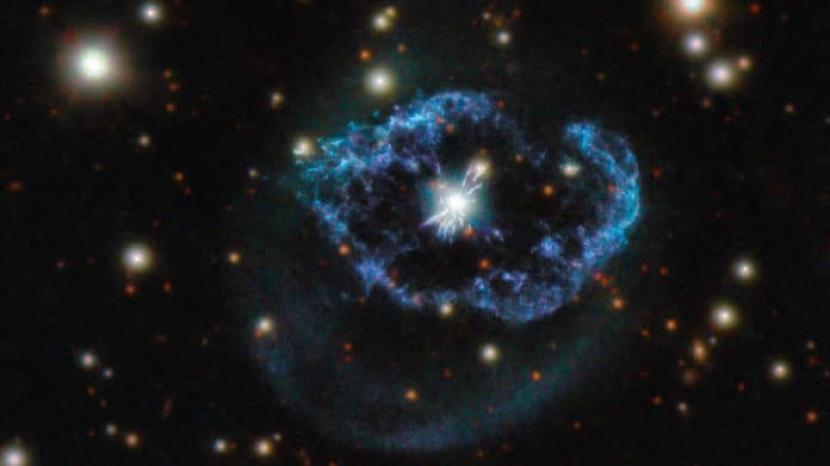The Abell 78 Nebula has a bright radiating central zone with a faint outer halo.
REPUBLIKA.CO.ID, JAKARTA – The Hubble Space Telescope managed to catch sightings nebula planets unusual named Abell 78. This planetary nebula has a middle zone that radiates brightly with halo the outside that gave off a faint glow.
Planetary nebulae are formed when a star with a mass about 0.8-8 times the mass of the sun has exhausted its “fuel” and begins to process into a white dwarf. During this process, the star, which is in the process of dying, releases material in its outer layers. The material then forms a complex cloud of gas and dust known as the planetary nebula.
Abell 78 is found in the constellation Cygnus and is nearly 5,000 light years from Earth. The outer halo that surrounds Abel 78 is dominated by hydrogen. Meanwhile, the radiant interior and shaped like an elliptical ring consists mostly of helium.
Recently, astronomers managed to capture this image of Abell 78, also known as ACO 78, PK 081-14.1, and ARO 174 using the Hubble Space Telescope and the 1.8-m Pan-STARRS telescope.
The appearance of planetary nebulae often grabs the attention of astrophotographers because of their beauty and complex shape. Abell 78 is becoming increasingly attractive to many astrographers because it is a rare planetary nebulae. The reason is, Abell 78 is not a planetary nebula formed from the process of star death but from the process of rebirth from a star.
The core of the star that made up Abell 78 is known to no longer burn hydrogen and helium. But, runaway The thermonuclear surface ejects material at high speed. Ejecta this shakes and sweeps away the material of the old nebula, then produces filaments and shell irregular around its central star.
– .


:quality(80)/cdn-kiosk-api.telegraaf.nl/643a5310-8955-11eb-bd16-02c309bc01c1.jpg)